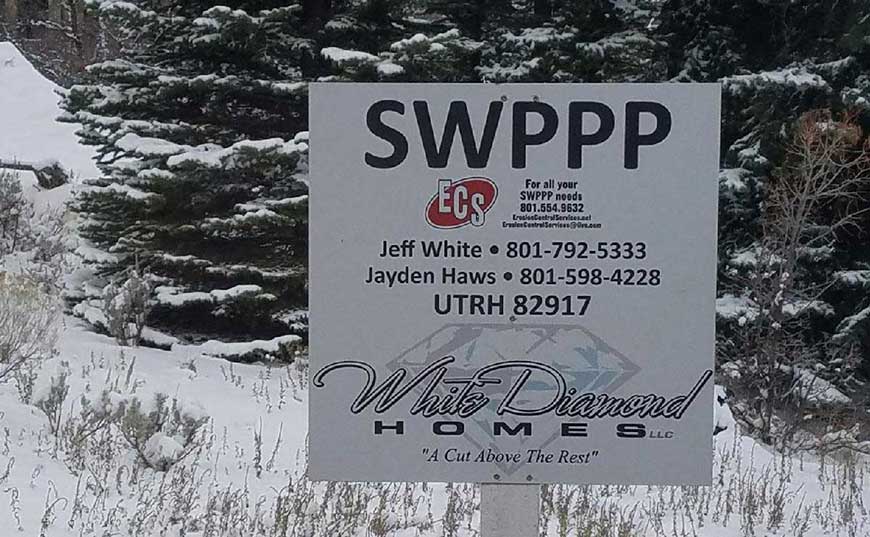Here at Erosion Control Services, it’s our job to help our clients create and maintain a Stormwater Pollution Prevention Plan to stay in compliance with state and federal regulations. One of the most important factors of these plans is the proximity of your construction site to impaired waters . What are impaired waters?
Impaired Waters
Impaired waters are bodies of water identified by state and local authorities as having an unacceptable level of pollutant. The pollutant could be petroleum, silt, fertilizer, metal or one of hundreds of other contaminants.
The important thing to realize is that there is not usually one single acceptable level of pollutants — the rating depends upon how the body of water is used. For instance, if a body of water is used for swimming — or local authorities want to start using it for swimming — but the levels of E. coli are too high to allow swimming due to large populations of geese and swans, the body of water would be labeled impaired until acceptable levels could be established.
Higher levels of E. coli may be found in other bodies of water that are not identified as impaired because no humans swim there.
Utah’s Drought
The severe drought conditions in Utah and Idaho make pollution problems worse. The less water there is, the higher the concentration of pollutant. As a result, as the drought continues, it is likely that more and more bodies of water will be identified as impaired.
Impairment & SWPPP
You may be aware that if you are planning to break ground near a body of water, you will need a SWPPP. SWPPPs outline how your company will work to protect local waterways from polluted rainwater runoff. Best management practices (or BMP) include using erosion control wattles and silt fences. These can prevent silt, debris and construction site-specific pollutants such as fuel or paint from entering waterways.
If you will be disturbing land as part of a construction project that is near water in Utah or Idaho, it is important to find out if that body of water is impaired and if so, by what. For example, let’s say the water is impaired by dissolved solids. The water will have a TDS (total dissolved solids) and a TSS (total suspended solids) reading. It will also have a TMDL assigned — Total Maximum Daily Load limit. This limit will be set based on the goals for that body of water. If the solids are to be reduced a predetermined amount in five years, the TMDL will be higher than if the goal is expected to be reached in 10 years. Thus, when the Erosion Control Services team develops your SWPPP in an area near impaired waters, we will consider whether your construction project may increase possible TMDLs of the particular contaminant, and if so, what you can do to prevent that from happening.
Environmental regulations can be scary to construction companies because they are confusing, hard to follow and come with harsh penalties for violations. Rely on Erosion Control Services for help with your SWPPP when you’re working near impaired waters.



